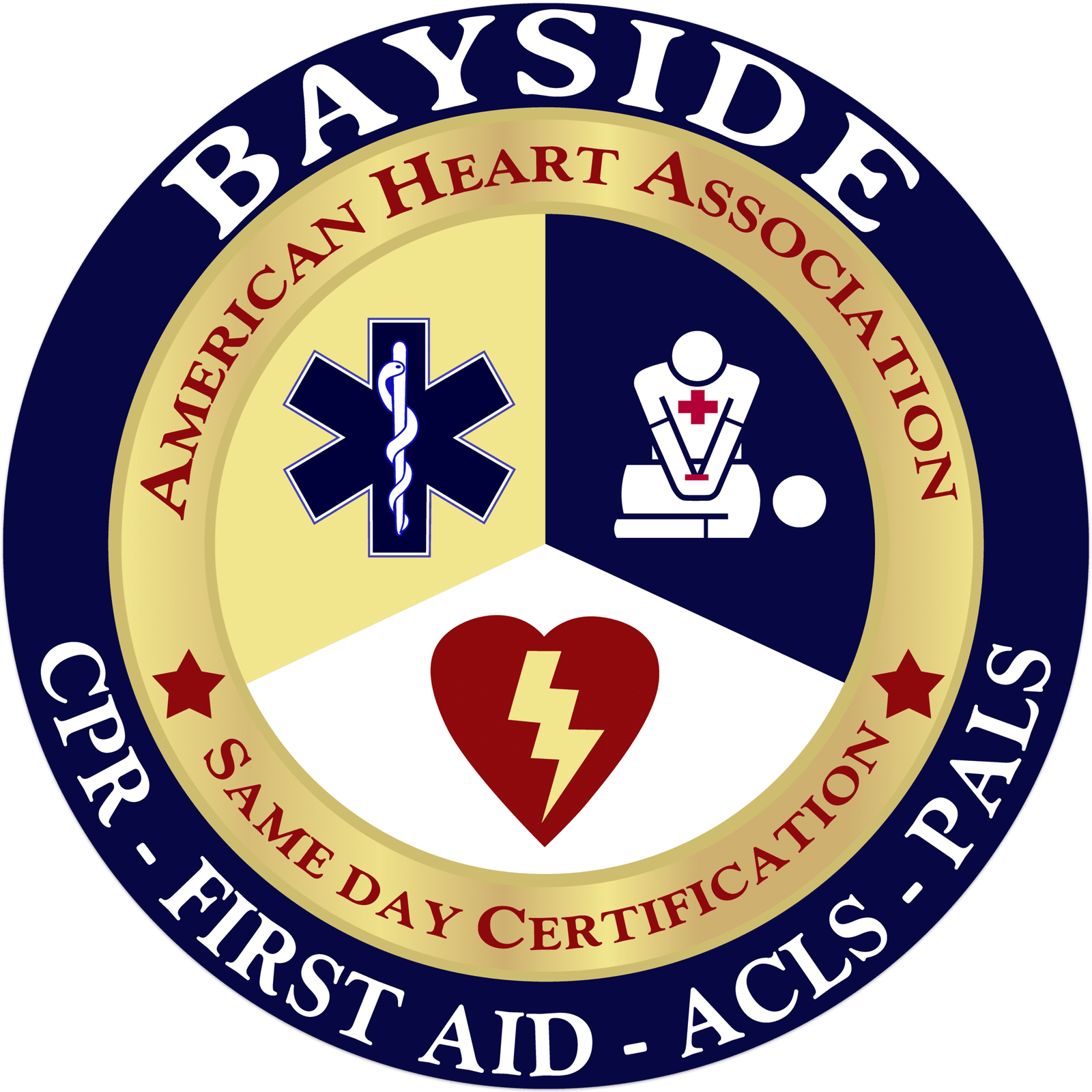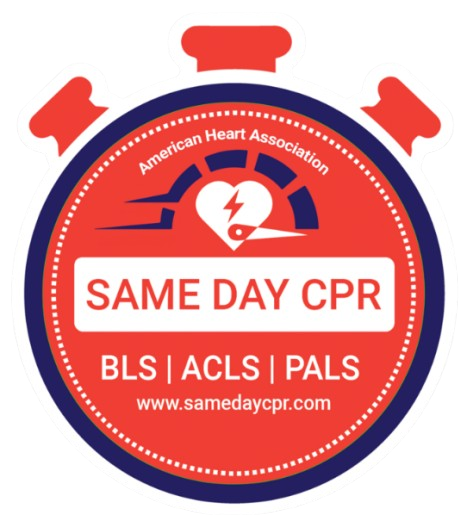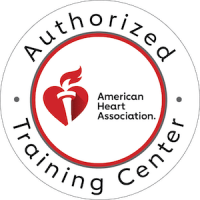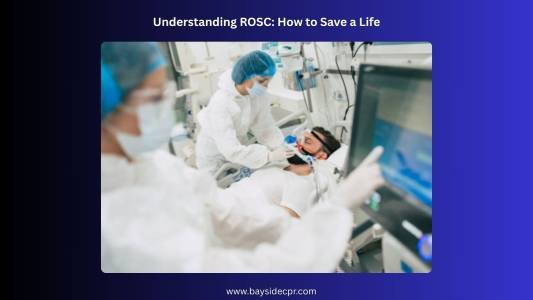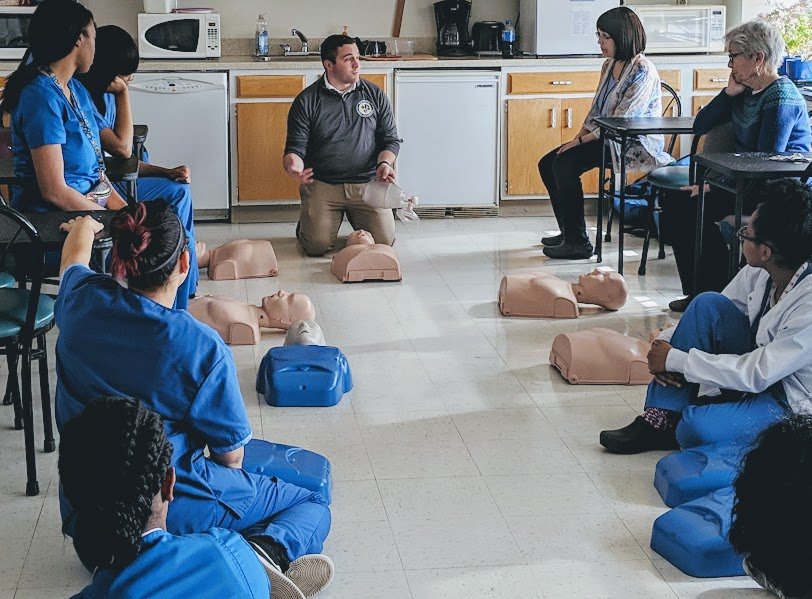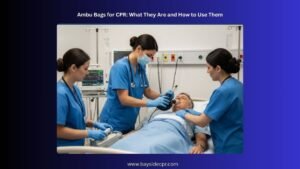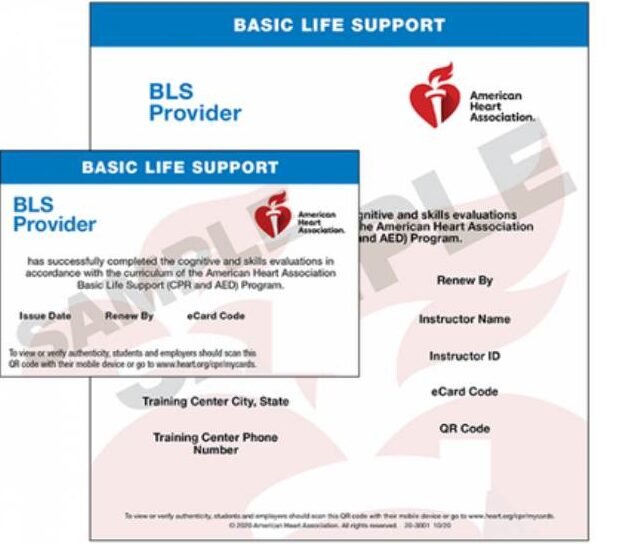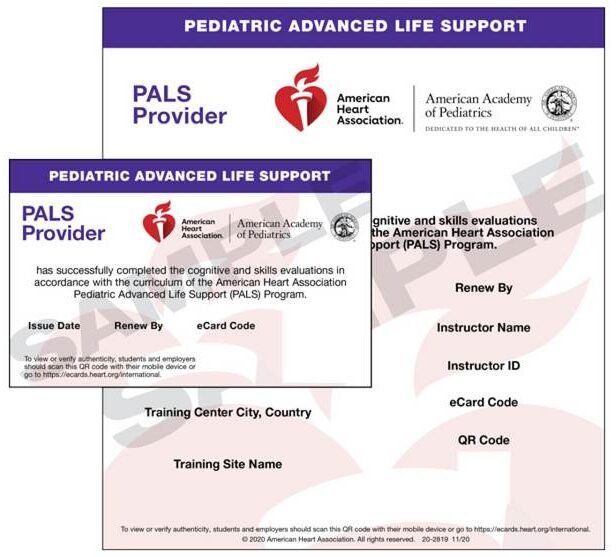ROSC (return of spontaneous circulation) is a crucial medical term in the world of CPR (cardiopulmonary resuscitation) and cardiac emergencies. In both out-of-hospital cardiac arrest (OHCA) and in-hospital cardiac arrest (IHCA). It refers to the moment when a person’s heart starts beating on its own again after it has stopped or been unresponsive during a cardiac arrest. Understanding ROSC is essential because it marks a vital turning point in emergency care. It indicates that blood is now flowing through the body, giving the victim a chance to be stabilized and potentially recover fully.
In the chaos of a cardiac emergency, every second counts. Immediate response and prompt cardiopulmonary resuscitation can make all the difference, helping keep oxygen-rich blood circulating until professional help arrives. ROSC symbolizes hope, showing that efforts to revive the heart are working, and it underscores the importance of quick action in saving lives. Identifying and aiming for ROSC is a fundamental part of effective resuscitation, and it can significantly improve survival outcomes for those experiencing cardiac emergencies.
1. Signs of ROSC during CPR
Identifying the signs of ROSC during CPR is crucial for adjusting treatment and improving outcomes. Look for key indicators that suggest the heart is starting to beat effectively again.
1a. Movement & Coughing
If you see the person start to move or even cough during cardiopulmonary resuscitation, it’s a pretty good sign that ROSC might be happening. Movement suggests that their brain is getting some blood flow again, and coughing can indicate that the airway is becoming more active, possibly because the nerves are reactivating. These signals mean the heart might be restarting, so it’s important to keep an eye on these signs while continuing to monitor the patient closely.
1b. Spontaneous Breathing
Spontaneous breathing is another key sign that ROSC might be occurring. If the person begins to breathe on their own without assistance, it indicates that their brainstem is starting to regulate breathing again, which is a very encouraging sign. Continue to monitor their breathing pattern carefully, and if it stabilizes, it’s a strong indication that circulation is improving; however, always remain alert for any further changes.
1c. Palpable Pulse
A palpable pulse is one of the most straightforward signs that blood circulation is returning to the body. When you feel a steady pulse, like in the carotid or femoral artery (the carotid arteries supply blood to the head and brain, while the femoral arteries supply blood to the lower extremities), it means that the heart has started to beat effectively again. Checking for a pulse is a critical step during cardiopulmonary resuscitation, as it helps confirm that ROSC may be underway. Remember to remain calm and continue monitoring closely to ensure the patient stays stable.
1d. Improved Skin Tone
An improved skin tone, such as a brighter or more colorfully pinkish hue, is often a good sign that circulation is improving after a period of poor perfusion. When blood flow starts to return, the skin might look healthier and less ashen or mottled. Keep observing the skin for these subtle changes, because they can help you gauge how well the circulation is recovering during the resuscitation process.
1e. Increased End-Tidal CO₂
Monitoring end-tidal carbon dioxide (CO₂) is a technique that uses a specialized capnography device to measure the amount of CO₂ in a person’s exhaled breath. This device, connected to an endotracheal tube, face mask, or nasal cannula, continuously captures and analyzes CO₂ levels during breathing. The data, shown as a numerical value or a capnogram, provides real-time information about ventilation and blood circulation. During CPR, increased end-tidal CO₂ levels can indicate that blood flow is improving and that the patient may be approaching the ROSC. Monitoring this parameter helps healthcare providers evaluate the effectiveness of resuscitation efforts and offers immediate feedback on whether the heart is restarting and blood is flowing through the lungs.
1f. Organized Heart Rhythm
An organized heart rhythm is a strong indication that the heart is regaining a stable and effective pattern of beats. If the ECG shows a regular rhythm, like a normal sinus rhythm, it suggests that the electrical activity in the heart is stabilizing, important for sustained circulation. Spotting this can give you confidence that the heart is moving toward normal function. For a deeper understanding of different heart rhythms and how to interpret them during ACLS, check out our ECG Rhythms Recognition and Interpretation for ACLS.
1g. Measurable Blood Pressure
The presence of a measurable blood pressure is a strong indicator that ROSC has been achieved. When you can get a measurement, it means the heart is effectively pumping blood, providing circulation throughout the body. Monitoring blood pressure helps confirm that the patient is stabilizing and that circulation is ongoing, which is a critical step in the recovery process.
2. Factors increasing ROSC during CPR
Several factors can increase the likelihood of ROSC during cardiopulmonary resuscitation. Optimizing these elements can significantly improve the chances of successful resuscitation.
2a. Early Interventions
Early interventions play a vital role in improving outcomes during cardiac arrest by jump-starting critical care before EMS (emergency medical services) arrives.
i. Witnessed Events
When someone sees a cardiopulmonary arrest happen, help can start right away. That early response can make a big difference in getting the heart beating again.
ii. Bystander CPR
If someone nearby starts cardiopulmonary resuscitation immediately, it keeps blood flowing to the brain and heart. This quick action boosts the chances of survival until emergency responders arrive. According to ARC, 41.2% of patients received bystander CPR.
iii. Rapid Defibrillation
Using an automated external defibrillator (AED) quickly after cardiopulmonary arrest can restart the heart’s normal rhythm. The sooner defibrillation happens, the better the chance of restoring a heartbeat.
2b. High-Quality CPR
Delivering high-quality CPR is one of the most important factors in increasing the chances of ROSC and survival during cardiac arrest.
i. Deep and Frequent Chest Compressions
Pushing hard and fast ensures blood reaches the brain and vital organs. The right depth and rate keep circulation going strong.
ii. Minimizing Interruptions
Every pause in compressions lowers the chance of survival. Keeping breaks short helps maintain consistent blood flow.
iii. Adequate Ventilation
Giving the right amount of air at the right time supports oxygen delivery without over-inflating the lungs. It’s all about balance.
2c. Specific Medical Interventions
Certain medications given during cardiopulmonary resuscitation can help restart the heart and support circulation when used at the right time.
i. Vasopressors (Epinephrine)
Epinephrine boosts blood flow to the heart and brain by tightening blood vessels, making it a key drug during resuscitation.
ii. Other Medications
Depending on the situation, drugs like amiodarone or lidocaine may help treat specific heart rhythms and improve the chances of ROSC.
2d. Patient Characteristics
A person’s traits can greatly influence how well they respond to CPR and their chances of achieving ROSC.
i. Initial Shockable Rhythm
Patients whose cardiac arrest starts with a shockable rhythm, like ventricular fibrillation, have a higher chance of successful defibrillation and ROSC.
ii. Age
Younger patients often respond better to resuscitation, though outcomes can vary widely based on overall health.
iii. Underlying Conditions
Chronic illnesses or severe health conditions that can reduce the chances of ROSC include advanced heart failure, end-stage renal disease (ESRD), terminal cancer, and severe chronic obstructive pulmonary disease (COPD). These conditions often weaken the body’s ability to recover from cardiac arrest.
3. Importance of Recognizing ROSC Quickly
Recognizing ROSC quickly is a critical step in emergency care. It signals the return of the heart’s natural rhythm and sets the stage for lifesaving treatment.
3a. Why does prompt detection matter?
Catching ROSC as soon as it happens is vital because it signals that the patient’s heart is beating again on its own. The faster we recognize this, the quicker we can stop chest compressions and start the next steps in care, which helps prevent unnecessary trauma and supports better recovery.
3b. Potential impact on survival rates
Quickly spotting ROSC can dramatically improve survival chances. When medical teams act fast, they can provide targeted treatments that stabilize the patient and reduce complications, giving them a much better shot at making it through and bouncing back.
3c. How does ROSC affect subsequent medical decisions?
Once ROSC is confirmed, doctors adjust their approach immediately. They focus on stabilizing the patient’s breathing, managing blood pressure, and monitoring heart rhythm closely. These decisions guide the whole care plan moving forward, making sure the patient gets exactly what they need next.
4. Post-ROSC Care
After ROSC, the real work of keeping the patient stable begins. Critical interventions like ensuring adequate oxygenation, managing blood pressure, and preventing further heart issues become top priorities. Continuous monitoring is essential to catch any signs of instability early, whether that’s changes in heart rhythm or drops in oxygen levels. Beyond the immediate crisis, long-term recovery involves planning for neurological care, addressing any organ damage, and supporting rehabilitation to help the patient regain as much function as possible. Post-ROSC care is all about giving the patient the best chance for a full, meaningful recovery.
5. Challenges and Considerations
Achieving ROSC isn’t always easy. Several factors can complicate resuscitation efforts, and understanding these challenges helps improve outcomes.
5a. Common obstacles in achieving ROSC
Sometimes the heart just doesn’t respond easily to CPR, and factors like delayed cardiopulmonary resuscitation, underlying health issues, or poor-quality compressions can make it harder to get ROSC. These obstacles slow down the process and lower the chances of the heart restarting on its own. That’s why it’s important to avoid common mistakes in cardiopulmonary resuscitation, like incorrect hand placement, not pushing hard enough, or pausing too often, because even small errors can make a big difference in the outcome. Knowing the 7 Common Mistakes to Avoid in CPR can help ensure your efforts give the patient the best chance at survival.
5b. Complications During Resuscitation
Resuscitation isn’t always smooth; things like airway blockages, abnormal heart rhythms, or even physical injuries from chest compressions can complicate efforts. These challenges can make it tougher to restore circulation and require quick adjustments by the medical team.
5c. When to seek Advanced Medical Help
If basic CPR and early interventions don’t bring back a pulse quickly, it’s crucial to call (911 in the US) for advanced medical support right away. Paramedics and hospital teams have the tools and expertise to provide medications, advanced airway management, and other lifesaving measures that increase the chance of successful ROSC.
The Life-Saving Impact of Recognizing and Achieving ROSC
In short, ROSC is a big turning point during a cardiac emergency; it means the heart is beating on its own again. Knowing what signs to look for, like movement, breathing, or a pulse, helps responders act fast and make the right decisions. Giving high-quality CPR, using an AED quickly, and starting care early all play a huge role in getting someone to this point. Once ROSC happens, the focus shifts to keeping the person stable and helping them recover. There can be challenges along the way, but with quick action, good teamwork, and the right care, there’s a real chance to save a life and give someone more time with the people you love. If you want to feel confident and ready to respond in an emergency, training makes all the difference. Check out Bayside CPR for ACLS, PALS, BLS, CPR, and First Aid classes. These certification courses are suitable for healthcare providers, first responders, and individuals interested in emergency life-saving techniques. Contact us or visit our training center to learn more in detail.
